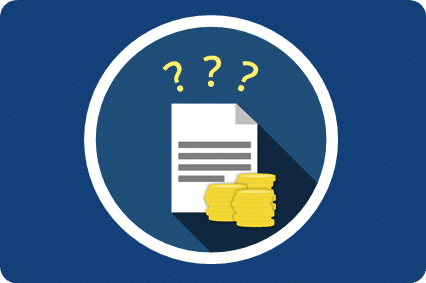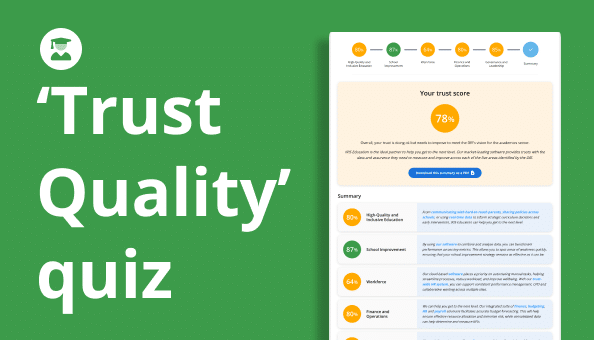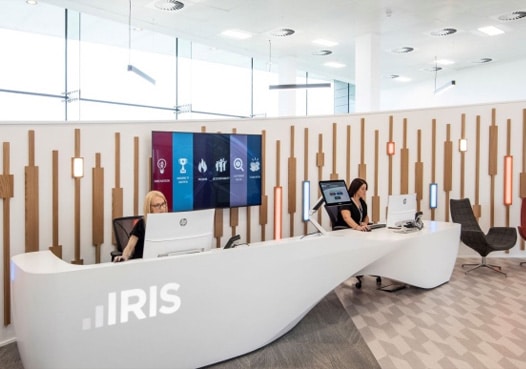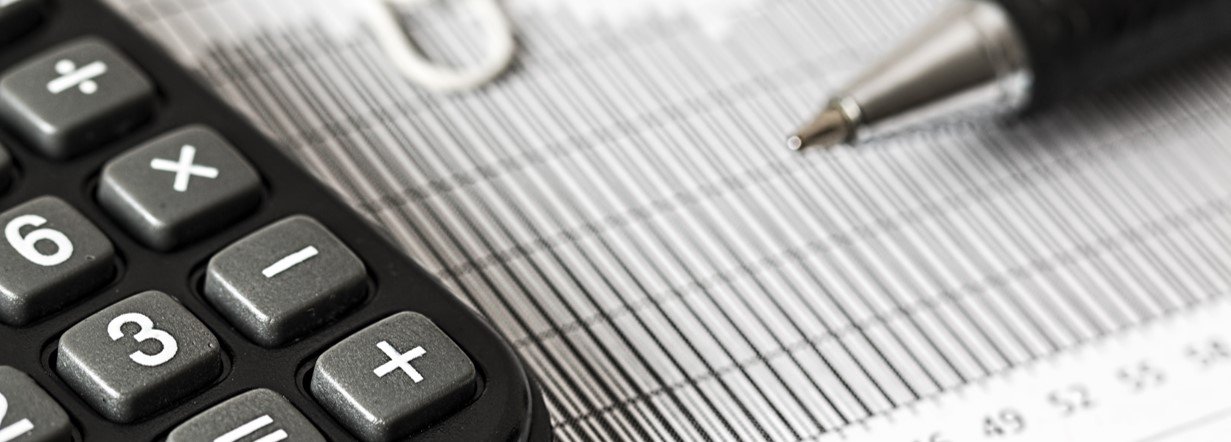BLOGS
5 Questions for Finance Directors about Leasing and New Lease Accounting

The number of companies who utilise leasing as a standard to procure the assets they need is greatly out-measured by the number of businesses who have a dedicated focus on their lease management. As an aspect of business that companies invest a great deal of capital into, it is surprising how few have the tools and expertise to make the most out of their leasing.
By focusing some attention to optimising their lease portfolio management, organisations are able to find the cost saving opportunities that many finance leaders are unaware exist.
As leasing is one aspect of a larger asset finance functions and one that has not seen much drastic industry developments (until the release of new lease accounting standards), it is understandable that finance professionals would probably not have been too concerned with their leading metrics. However, in order to utilise the full potential of their business’s leasing activity, finance leaders should be able to answer the following without too much hassle.
It is also crucial that businesses have access to these key metrics as part of their implementation of new global lease accounting standards, IFRS 16 and FASB ASC 842. The answers to these questions are vital to a companies preparedness and will allow them to identify how their financial reports and key reporting metrics will shift, as well as begin the communications with internal and external stakeholders, banks and investors in light of the new standards increasing ratios, debt and potentially breaching covenants.
See more on IFRS 16 and FASB ASC 842 lease accounting updates
Do you know exactly how many assets are currently on lease?
It is surprising how few finance directors can accurately state the number of active leases currently active within their company. Even more worrying is how many active leases are unknown to finance departments. Leases can be unaccounted for through many scenarios; Automatic lease renewals of forgotten leases that were assumed to have ended, operations teams unknowingly agreeing to extend current leases or maybe as simply as lease documentation going missing through a lack of organised lease portfolio management. Having an accurate overview of the number of active leases your company currently has is vital to ensure you have full control of the business outgoing expenses. Without an accurate and easily accessible system to record leases, you can soon miss out on numerous savings opportunities.
IFRS 16 and FASB ASC 842 implementation will require an assessment of all current active leases in order to determine the most cost-effective methods for achieving compliance. Without know your outstanding liability, it is extremely difficult to model the impact of the new lease accounting standards and ascertain accurate, real-time results to bring to stakeholder discussions.
Can you access the original lease schedule or master lease?
Most finance professionals will happily answer that they do have access to the necessary lease documentation they require. However, the real question is how easy and fast this process is.
According to Oracle, 30% of business financial processes are still paper-based. In an industry such as leasing, where documentation governs the success of the transaction, relying on a paper-based organisation strategy can be risky as files get lost and misplaced among the thousands of documents we deal with throughout the lease life. Even uploading scanned copies of original documentation does not guarantee immediate access as they can be stored away on separate systems, lost in e-mail chains or hidden in the files of previous employees. Many finance professionals have moved towards SaaS systems and cloud computing to store, manage and protect their important lease documentation. Lease management software allows them immediate access to the documents they need with 24/7 global access so they are able to get important information such as end of lease dates, PV rates and asset return conditions whenever they need to with minimal hassle.
Do you know when your next lease is due to expire?
As any successful finance director will know, the end of lease process is a time sensitive period where most money is either saved or sacrificed. It is important that decisions are made and agreed with the lessor before the notice date stated in the lease documents. Failure to meet this deadline can result in numerous expensive repercussions such as unnecessary penalty charges or even an unwanted extension of the lease into a new term at a noncompetitive rate – often the lease will continue at the existing primary lease rate, which does not take into account whether the business still required the asset, let alone asset depreciation and revised market value. It is vital that finance teams have processes in place to alert them of upcoming lease expiries so they can make the necessary arrangements in advance of the end of lease notice deadline and secure the competitive lease arrangement that was originally negotiated without further, unplanned lease expenses.
See more on the importance of end of lease management.
Are you aware of how new global lease accounting changes will affect your lease reporting?
For the last decade, the IASB and FASB have been formulating a new lease accounting standard with the aims to provide more accurate and transparent data on assets and liabilities on financial reports. These new standards alter the accounting treatment of operating leases, which will no longer be off balance sheet and will need to recognise arising assets and liabilities.
See our lease accounting summary here.
The new standards were announced earlier this year and businesses are currently getting to grips with the implications of bringing $2.8 trillion worth of lease commitments on balance sheets globally.
It is important to know whether the changes to lease accounting will affect existing agreements such as bank covenants as liabilities and cash flow reporting is altered to account for operating leases. Similarly, finance teams need to be aware of the data required for accurate and compliant reporting as well as how they need to account for existing leases that run into the transition period.
Gathering this data takes time and without cloud-based or intuitive lease management systems, may be a complex task. Innervision has been following the new lease accounting deliberations since the project was first announced. Our leasing experts are well placed to help work with your finance teams to develop contingency plans to help ensure a smooth transition to compliance.
Innervision lease accounting software LOIS is designed to produce accurate assessment reports, allowing financial directors to automate reports that highlight how key metrics will be impacted by the changes to their operating lease accounting treatment. With this information at hand, finance professionals can help ensure a cost-effective transition.
See more on preparing for IFRS 16 and FASB ASC 842 implementation.
Do you know the total cost of your leases?
A competitive lease rental is vital, but not the only determining factor of a well-structured, competitive lease deal. There are numerous additional elements included within the lease documentation that require care and attention when negotiating. The only way to gain a full overview of your lease expenses and to produce accurate accounts on lease outgoings for internal reports is to have a full breakdown of the total cost of your leases that separates all these additional aspects. As many lease deals can include insurance fees and additional maintenance costs as part of the agreement, it is not always clear exactly how much each element contributes to the full cost of the lease. The separation of these figures is crucial in confirming the competitiveness of your lease savings and in running the calculations required for new lease accounting compliance.
How can you be aware of the cost savings opportunities or quantify the competitiveness of the leasing deal you’ve negotiated without knowing the cost of each separate element as well as the total cost across the full period of the lease? As with any asset, once you know the cost of procuring, maintaining and running the asset, finance directors can accurately review and report on the lease’s impact on company cash flow.
It is important to be able to answer these questions in order to harness the true value of your company’s leases. For many businesses, leasing is just one aspect of the full finance operation. This means many of the important time-sensitive decisions relating to leasing do not get the full care and attention they deserve and companies miss out on cost savings opportunities.
Although a niche aspect of a company’s financial department, there is a lot of savings opportunities within leasing and with the finalisation of new global lease accounting standards, it is more important than ever that finance directors have a clear understanding of their active lease portfolio and their obligations as a lessee.
The best way to ensure you are achieving the best lease deals and are ready for lease accounting compliance is to consult a leasing expert. Whether sourced in-house or through an unbiased third party, their unrivalled specialist knowledge and experience within the industry will help give an accurate overview of your current leasing processes and work with you to find cost saving solutions. Nearly every company in the world leases some form of equipment, but only those with pioneering finance teams are utilising them to their best potential.
For more information on the how to comply with the new lease accounting standards click here:













